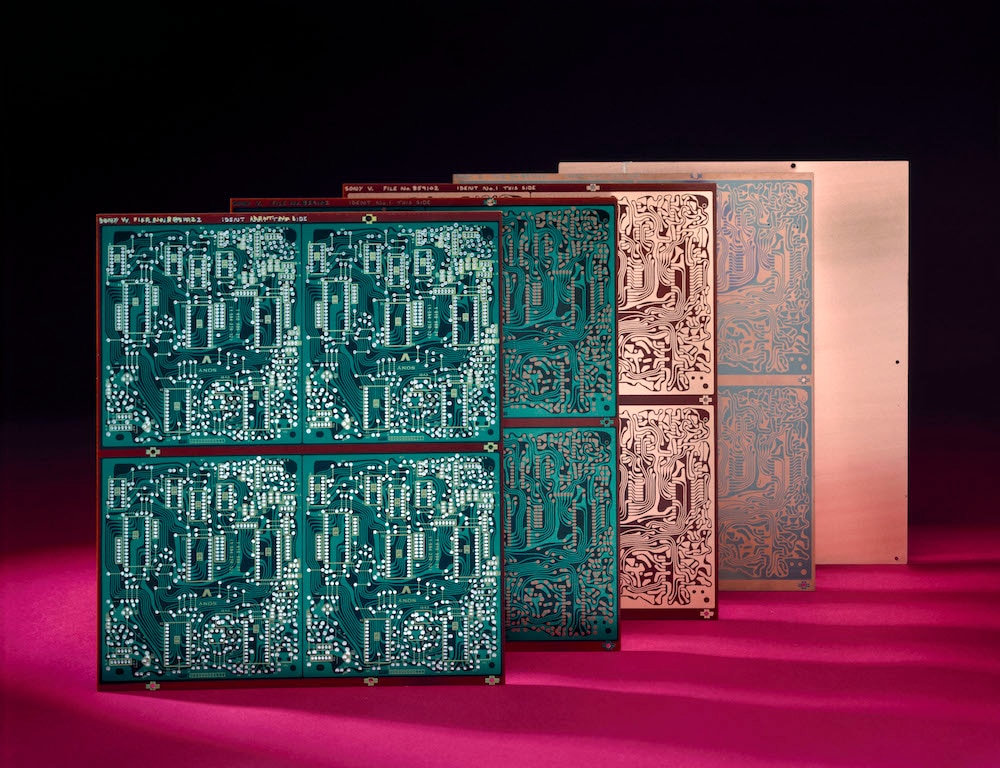Create a free profile to get unlimited access to exclusive videos, sweepstakes, and more!
Electrically conductive paint could lead to printable circuit boards
Would a painting of waves become a painting of particles when you look at it?

Vincent van Gogh’s The Starry Night is one of the most well-known paintings in the world and is often regarded as among the best. It depicts a stylized view of van Gogh’s view from his asylum room, and trades realism for emotive thick lines.
The artist didn’t enjoy the fruits of his success during life, only really capturing the public consciousness after his death, but his paintings and his likeness live on. They’ve even jumped mediums from the canvas to the screen. The 1999 independent film Starry Night sees van Gogh resurrected at the hands of a magic potion and deposited in the modern day. He also co-starred in one of the most popular episodes of Doctor Who, when he likewise came to the modern day to enjoy his accolades. Translating van Gogh’s works to the big and small screen required transforming them from paint to electronic signals for display, and now we can cut out the middle step by putting electricity directly in our paint.
Scientists from the Department of Material Science at the University of Tsukuba have published a study in the journal Polymer-Plastic Technology and Materials which describes a new method of creative conductive polymers known as polyaniline.
Polyaniline is a common polymer used in a diverse array of electronics. It’s useful because it’s electrically conductive but its production has, to date, been limited by the types of solvents that can be used for its synthesis. Attempts to find new uses for polyaniline were stymied because of the limited solvents available, reducing its potential applications. Now, University of Tsukuba researchers have found a way to use common solvents and more easily synthesize the material.
What’s more, the process was surprisingly simple, requiring only a single step. Researchers added a small amount of iodine to an aniline sulfate reaction mixture and found that the iodine facilitates polyaniline synthesis in a wide array of common solvents.
It’s unclear why the introduction of iodine has such a significant impact on the production of polyaniline, but researchers suggest it might manipulate the electrons of the base materials and help facilitate the chemical chain reactions necessary for polymerization. As a result, it can now be made using nontoxic solvents as common as ethanol and dichloromethane, among others.
Perhaps most importantly, this new method allows for the simple creation of polymer alloys by mixing polyaniline with other materials. As a result, engineers can more easily create materials like rubber blends, paints, and inks all of which are capable of conducting electricity.
They noticed that polyaniline could even be compatible with common inkjet printer inks, allowing for fully printable circuit boards. Making higher viscosity polymer alloys could also allow for the creation of electrically conductive filaments for 3D printers.
The full implications of the technology aren’t clear, but researchers believe it will open up advancements in a diverse number of fields, all of which can take advantage of new electrically conductive materials. Classic paintings like van Gogh’s Starry Night might feel as if they’re flowing with electricity, but for paintings of the future that could literally be true.


























